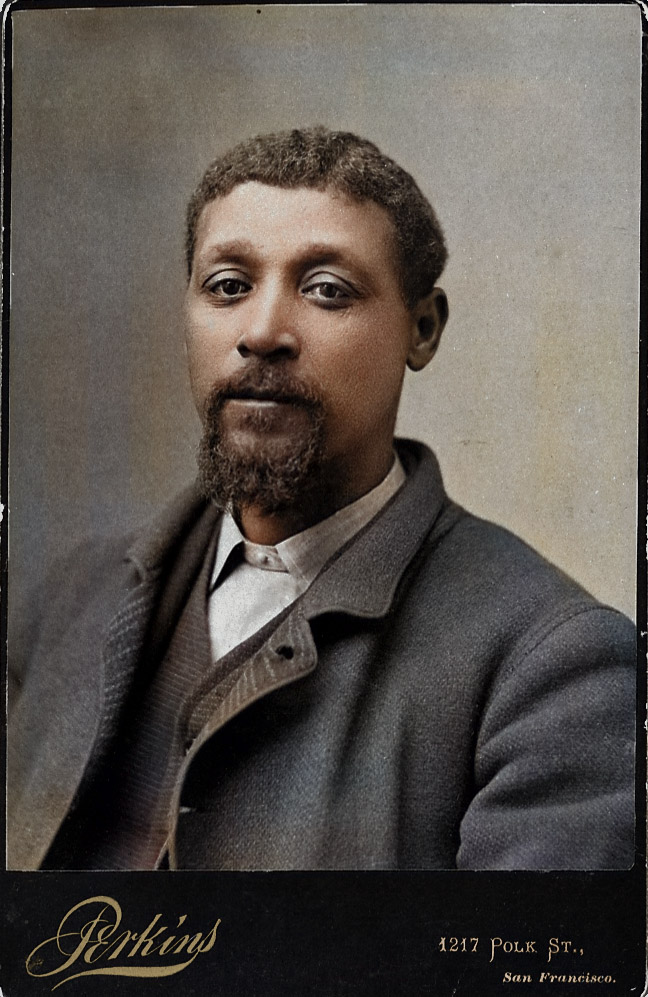YOSEMITE STAGE DRIVER
The Life and Times of George Monroe and His Family
By Tom Bopp
“Just as there are the greatest of soldiers and sailors, artists and mechanics at times
so there are greater stage drivers than their fellows and George Monroe was the greatest of all.”
– A.H. Washburn, Supt., Yosemite Stage & Turnpike Company
The Life and Times of George Monroe and His Family
By Tom Bopp
“Just as there are the greatest of soldiers and sailors, artists and mechanics at times
so there are greater stage drivers than their fellows and George Monroe was the greatest of all.”
– A.H. Washburn, Supt., Yosemite Stage & Turnpike Company


PREFACE
George Monroe worked as a stage driver for the Washburn brothers and their associates, who created and operated the Yosemite Stage & Turnpike Company and the Wawona Hotel Company. John Washburn was the last surviving of the brothers. After John died in 1917, his son Clarence Washburn headed the two corporations until he liquidated the Y.S.&T.C. and transferred the hotel business to the Yosemite Park & Curry Company , and the company’s property holdings to the United States government, in 1932. Clarence’s daughter, Wawona Washburn Hartwig (1914-2000) spent an enormous part of her later years researching her family’s rich history.
My employment as a musician and entertainer at the Wawona Hotel began in 1983 and brought me into contact with Mrs. Hartwig in the late ‘80s. In 1989 she asked me to photograph her 75th birthday celebration at the hotel, at which time we formed a close bond that carried through the last decade of her life. Through my friendship with her and shared interest in Wawona’s history (both the person and the place), I was asked by the executor of her estate to carry on her work.
Taking the responsibility seriously, and with ever-growing respect for what she’d achieved, in 2001 I began to copy and index all of her research. I also went about indexing several published books covering history related to Wawona and Yosemite. Noting the paucity of source attributions in the published materials, I sought to find the primary sources that had been omitted, first by looking for corroboration of specific events that may have been covered in the Mariposa Gazette newspaper microfilm archives in the Yosemite Research Library. In some cases, I found corroboration, but it quickly became apparent that the primary sources often contradicted the history books, and beyond that, there was a wealth of additional information yet to be unearthed.
Over the next five years, I poured through every page of microfilm of the Gazette from 1854 to 1901, copying and indexing as much as I could find relating directly or indirectly to Wawona history. Before reaching the 1890s, I began to recognize names that I had not indexed from earlier years—names that had not become significant until later years. While my memory was still fresh, I started over at 1854 to index the names and events that I now knew belonged in the historical stream. After the Gazette project, there were several other archives yet to be indexed, many of which I’ve completed, but with still more to do. With the advent of online digital archiving of newspapers, I’ve learned that, so far, digital search functions fail to turn up key words and names nearly as well as the more painstaking visual scan with one’s own eyes.
A search of my index for George Monroe revealed just about enough material to construct a biography or at least a chapter in a larger book. Among the indexed items was a notice in the Gazette about the death of Mary Monroe, George's mother, in San Diego in 1897. This led to a visit to the San Diego History Center Research Archives, where I was provided with a copy of Mary Monroe’s Coroner’s Inquest, and two related stories in the San Diego Union newspaper. This new data, combined with my previous research, was enough to bring the Monroes’ extraordinary saga to life.
To give as accurately as possible a feel for the life and times of George Monroe, a good deal of text from primary sources is provided, as in an anthology. While some historical source-material about Monroe is known to exist in private collections, I have focused my research on sources that are freely available to serious researchers, so that it may be checked for accuracy and expanded upon as more documents become public.